Processors with artificial intelligence will spread from today’s top-end phones to cars, PCs, security cameras, smart speakers and mainstream phones.
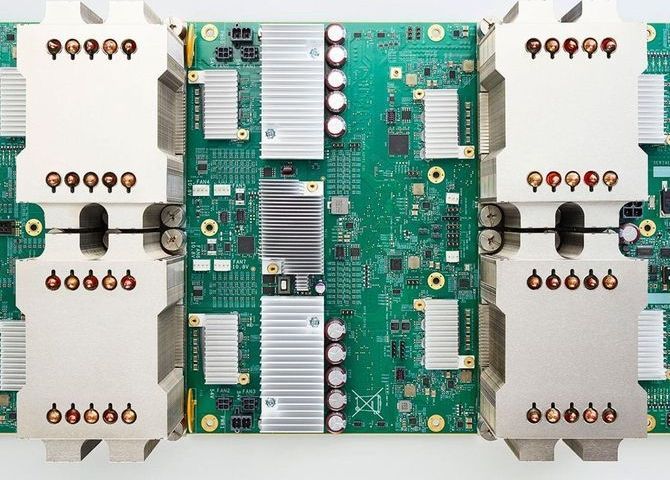

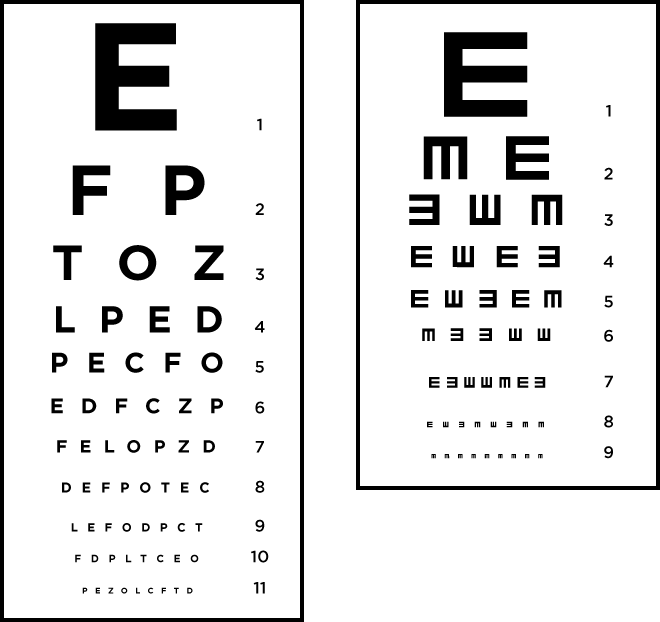
A clinical-grade retinal implant made of human #embryonic stem cell (#hESC)–derived RPE grown on a synthetic substrate has been developed by Kashani and team. The progressive binding disease that causes loss of the retinal pigment epithelium (RPE) of the eye is known as #Non-neovascular age-related macular degeneration (#NNAMD). Currently there are only preventative measures that can be taken but there is no effective treatment. Some preventative measures include quitting smoking and the use of specific nutritional supplements to reduce the risk of developing NNAMD. The implant was not only shown to be safe in a first-in-human phase 1 clinical trial in five patients with advanced NNAMD, but also well tolerated. Plausible therapeutic effects on visual clarity were reported in the experimental results, indicating that this approach may be beneficial for treating retinal disorders involving #RPE loss.
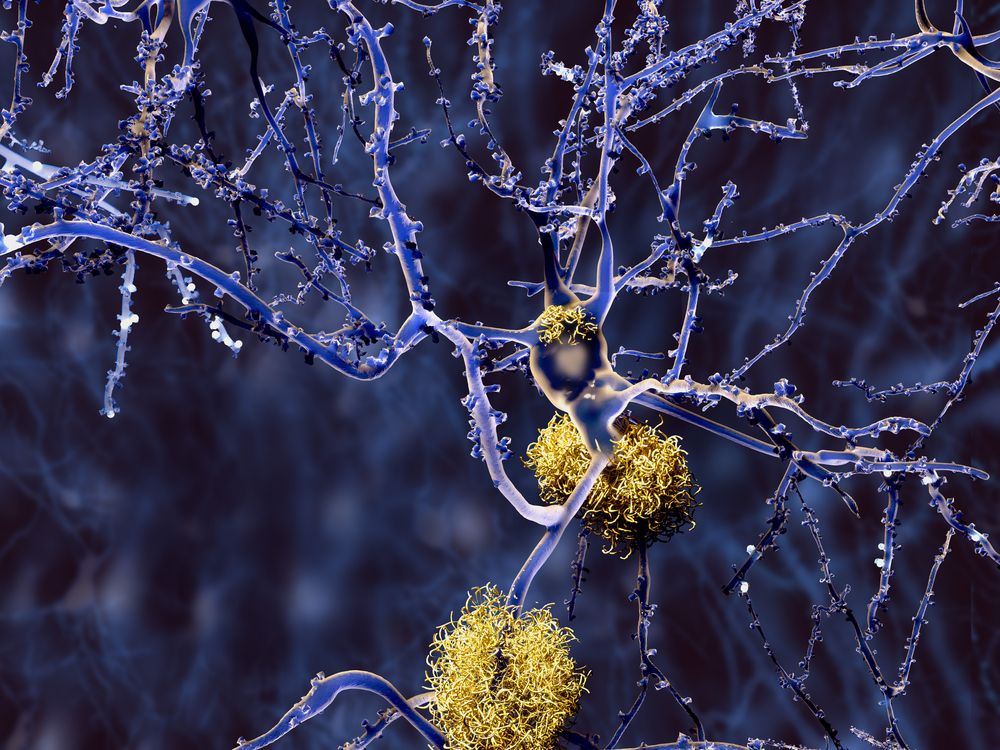
Researchers at Gladstone Institutes in San Francisco report that a gene variant associated with Alzheimer’s works differently in mice and humans, and they also demonstrate how modifying this gene could potentially prevent the plaques associated with Alzheimer’s from forming and damaging the brain.
An ApoE3 gene variant is associated with Alzheimer’s disease
The gene apolipoprotein E3 (ApoE3) has a variant known as ApoE4, which is associated with the development and progress of Alzheimer’s disease. People with just one copy of the ApoE4 gene are at twice the risk as people without this gene variant. Some people even have two copies of the ApoE4 gene, which makes their risk of Alzheimer’s a staggering twelve times greater.
Looking at the distant star is literally looking back in time.
Thanks to gravitational lensing, the Hubble telescope captured an image of the most distant star ever seen, 9 million light years away.


Once known as the source of “dumb money” – investments that could hurt, instead of help, tech start-ups in the long-run – Chinese investors now have found many happy recipients. In India, start-ups from fintech to e-commerce to transport have all rolled out the red carpet for Chinese investors, not only for their capital but also for their successful track records in similar markets.
Western funding still dominates India’s start-up scene, but entrepreneurs are turning East for cash and expertise that will keep them viable in the long term.
By Coco Liu
0 Share


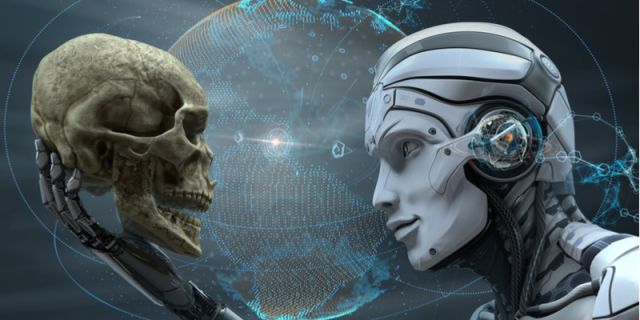
Https://paper.li/e-1437691924#/
When we speak of posthumanism we refer to the expansion of the “natural” faculties of the human being, and more concretely to the fusion between meat and digital technology …
According to Wikipedia a cyborg is an “organism that has restored function or enhanced abilities due to the integration of some artificial component or technology that relies on some sort of feedback”. For the essential author Donna Haraway “the cyborg is a figure born from the interface between the automaton and autonomy”. As blogger and author Plácida Ye-Yé explains for Haraway “the cyborg is at the same time what we are –carnality- and what we can be –future cyborg, emancipatory possibilities-” therefore “if our future depends on thinking differently, the cyborg offers us a transitory ontology for the present, an imagery that recognizes the process of constant redefinition that is going to suppose take on the new era”. Evidently this theories affect a large number of topics: technology, epistemology, politics, science, art, or feminism.
In reference to this hybridation between humans and communication machiens catalonian philosopher and UOC teacher Pau Alsina explains in his text “Humanism 2.0: Art, science, technology and society” that “the image of the body and the body itself are found in the impacts caused by the information and communication technologies, seeing themselves in this way propelled to the understanding of the new experiences that come to us”. This point of view includes –from the perspective of Derrick de Kerckhove – the creation of new types of human typologies identities, and sensorial experiences like: teleception, expansion, multiple personality or proprioception.
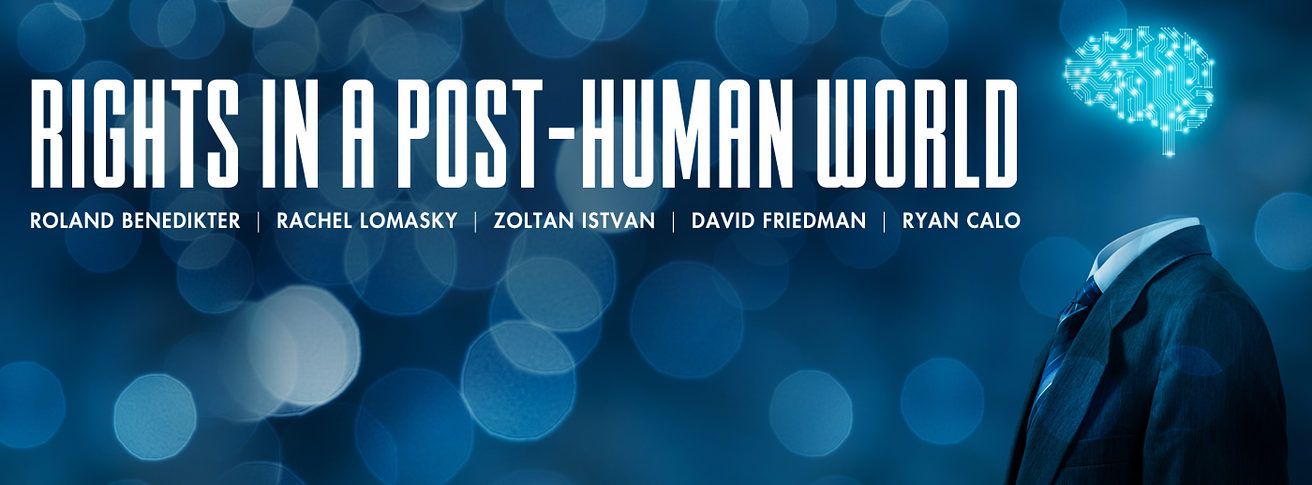
My article for the Cato Institute via Cato Unbound is out. Cato is one of the leading think tanks in the world, so I’m excited they are covering transhumanism:
Zoltan Istvan describes a complicated future when humans aren’t the only sapients around anymore. Citizenship for “Sophia” was a publicity stunt, but it won’t always be so. Istvan insists that if technology continues on the path it has traveled, then there is only one viable option ahead for humanity: We must merge with our creations and “go full cyborg.” If we do not, then machines may easily replace us.